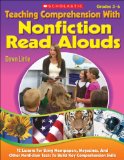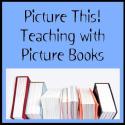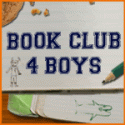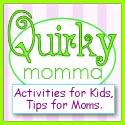I had the honor of hosting my final Family Reading Night at my daughter’s preschool last night. In a late celebration of Dr. Seuss’ birthday (March 2nd – Read Across America Day), the theme was “Pajama Jam with Dr. Seuss.” Students and parents wore their pajamas and participated in several Dr. Seuss related crafts and read alouds:
One Fish, Two Fish, Red Fish, Blue Fish
Students were provided with several fish to color red and blue. After coloring and cutting out the fish, children put the fish in a pattern, punched holes in them and strung them on a piece of yarn. They were encouraged to hang their fish banner at home.
Dr. Seuss Door Hanger
Students were provided with a foam door hanger and foam Dr. Seuss themed stickers.
Dr. Seuss Bingo
Thanks to my friend and fellow educator, Meredith, who created an awesome Dr. Seuss bingo board, parents were encouraged to read at least three Dr. Seuss books to their child. If they read three, they received a Dr. Seuss bookmark as a prize.
In addition to these fun activities, students also heard a special read aloud of One Fish Two Fish Red Fish Blue Fish by the director of the preschool. They also enjoyed a snack of rainbow goldfish to match the “red fish, blue fish” mini-theme.
©2011 by Dawn Little for Literacy Toolbox. All Amazon links are affiliate links and may result in my receiving a small commission. This is at no additional cost to you.



















